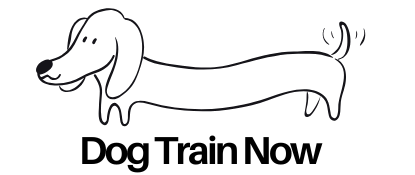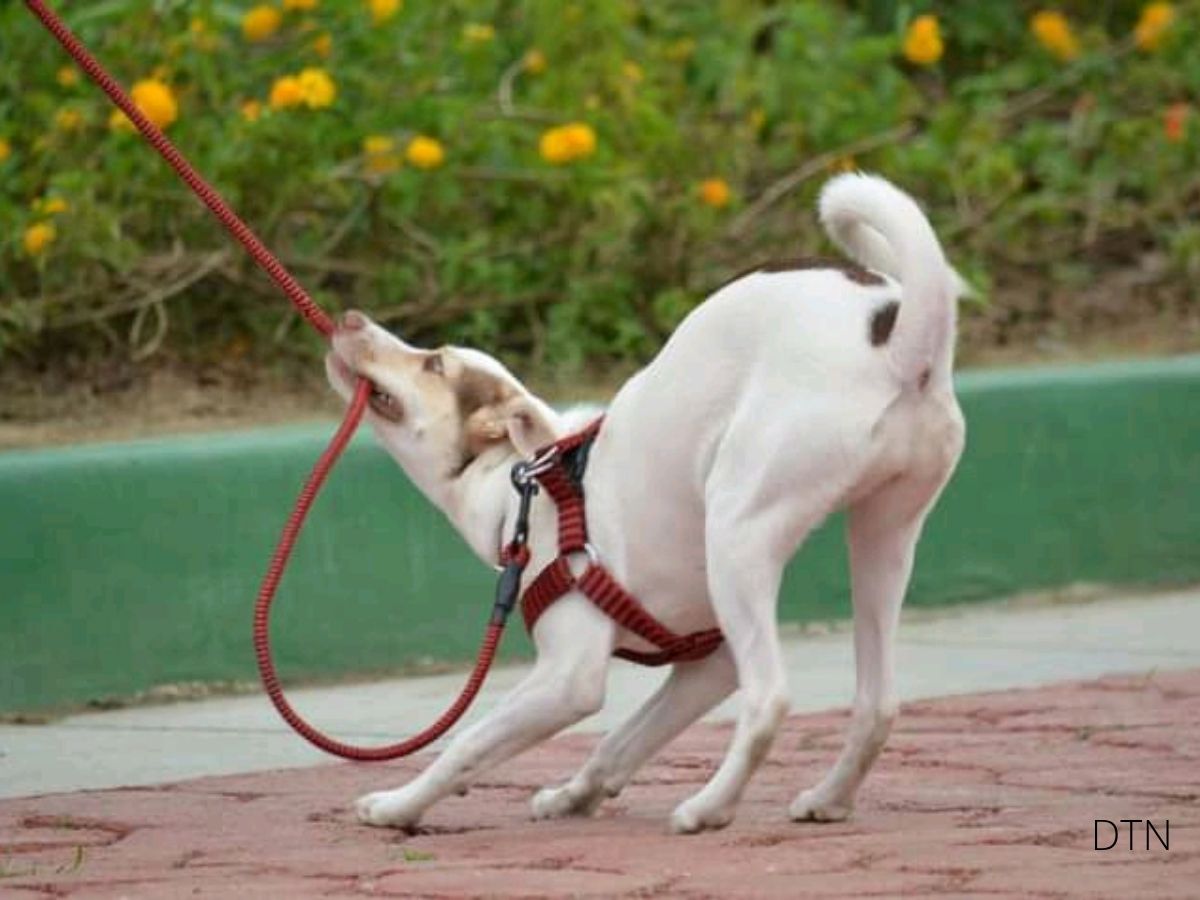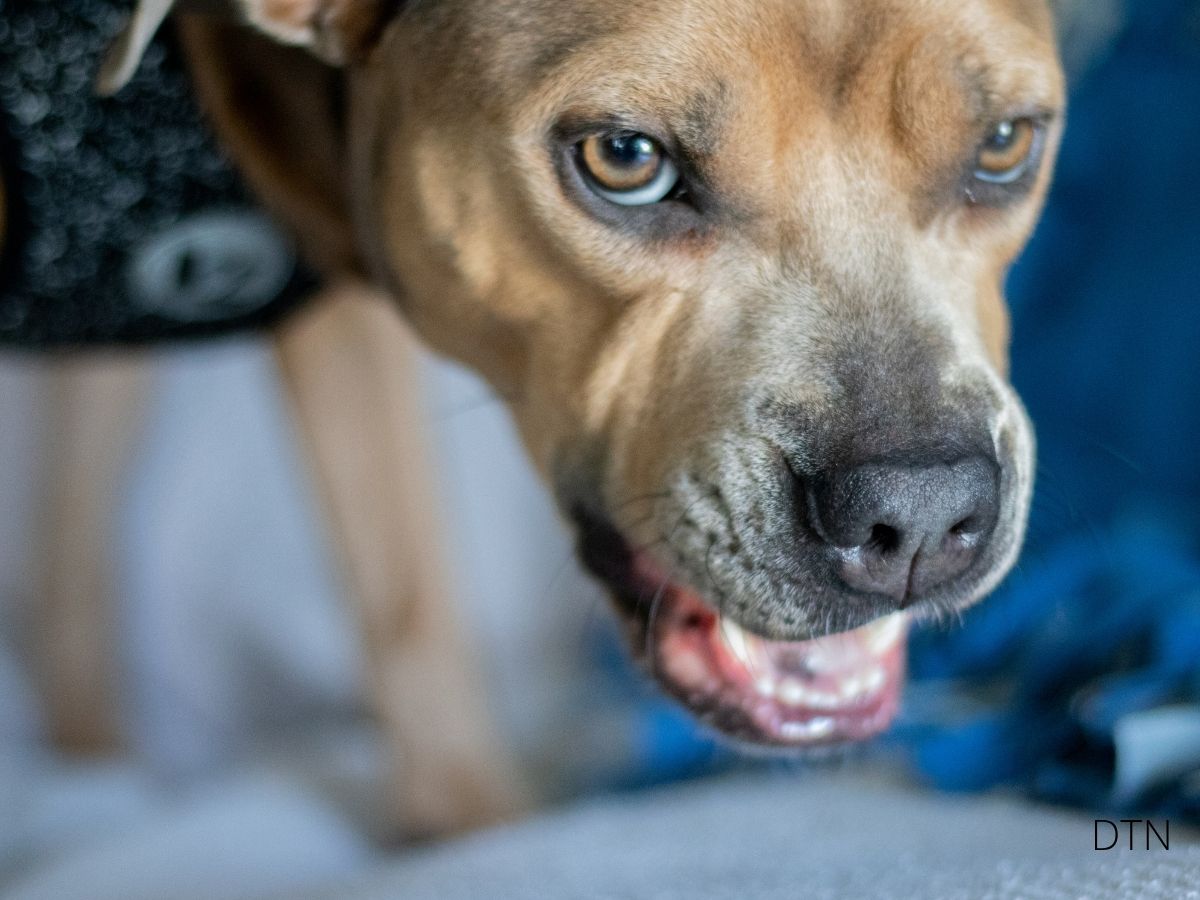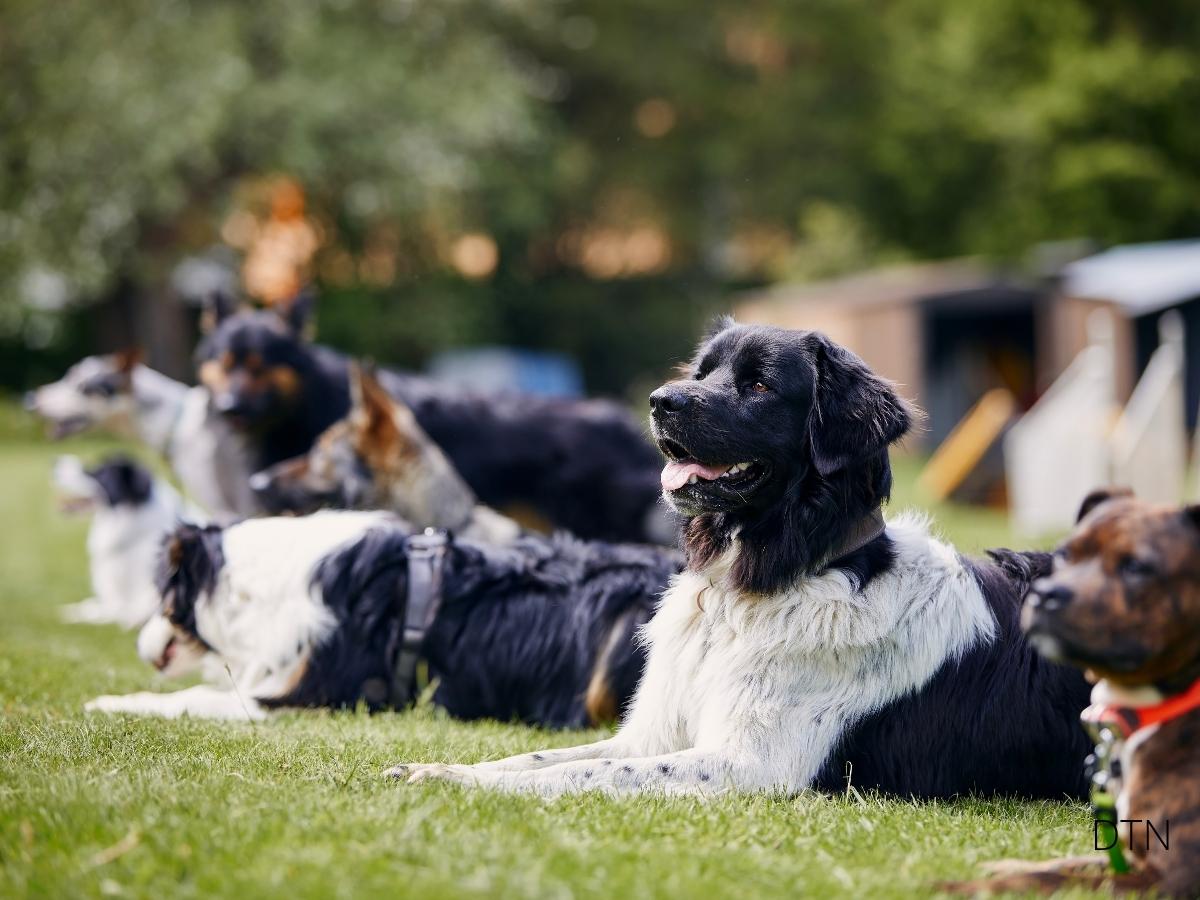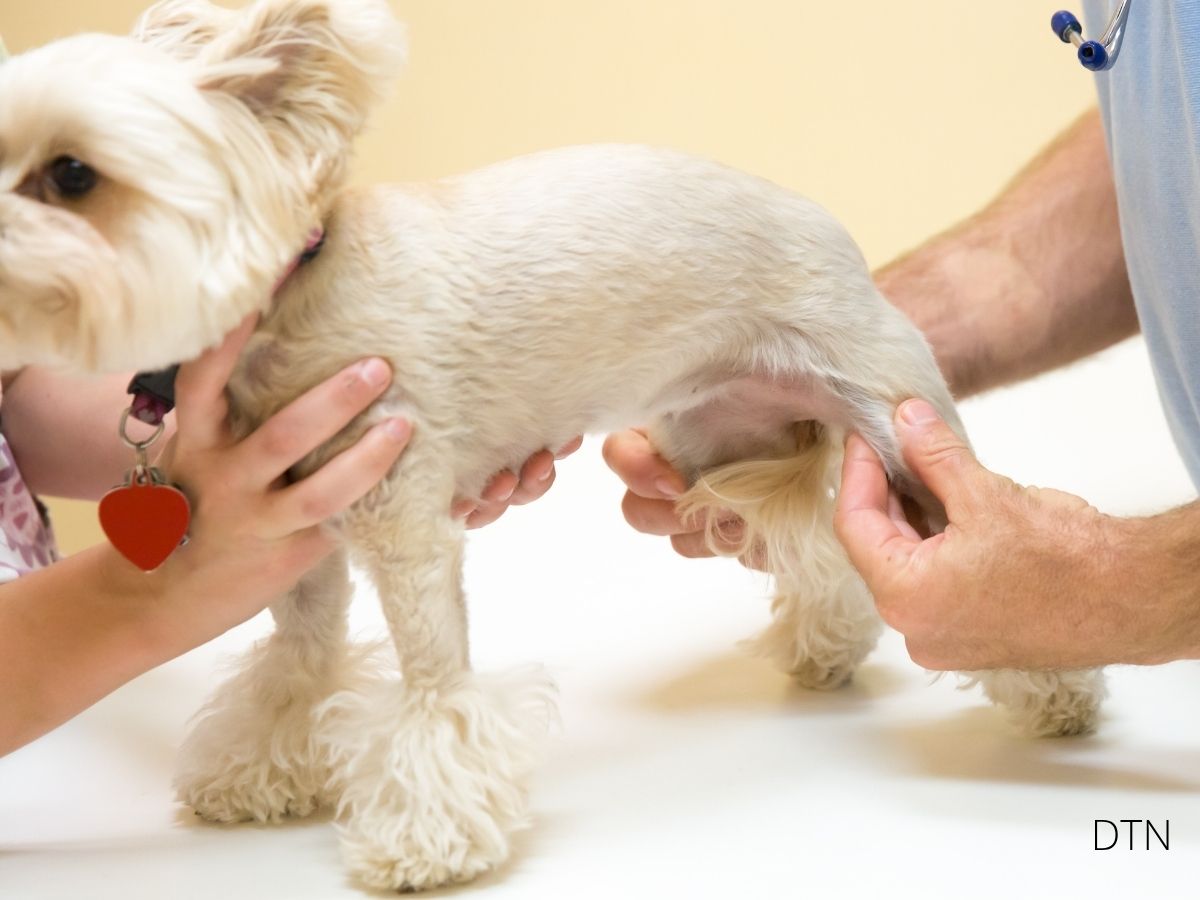Introduction: Your Dog’s Hidden Intelligence
Have you ever noticed your furry friend pause before responding to a command, seemingly checking their own understanding? These moments might reveal something profound—your dog’s ability to think about thinking, a cognitive skill called meta-cognition.
For centuries, we’ve wondered about the depth of our dogs’ mental lives. Today, groundbreaking research suggests that dogs possess remarkable self-awareness, including the ability to recognize what they don’t know. This discovery isn’t just academically fascinating; it fundamentally transforms how we understand, train, and live alongside our four-legged companions. 🧠
Understanding Canine Self-Awareness
What Meta-Cognition Means for Your Dog
Meta-cognition represents consciousness at its most sophisticated—the ability to monitor and reflect on one’s own mental processes. In your dog, this manifests as their capacity to evaluate their confidence in decisions and recognize when they need more information before acting.
Through 15,000 years of domestication, dogs have evolved alongside humans in unprecedented ways. This unique co-evolutionary journey has potentially amplified their self-monitoring abilities beyond what wild canids possess. Your dog’s ancestors who could recognize their limitations and seek human help had survival advantages, passing these remarkable traits to future generations.
The canine brain shows intriguing adaptations supporting these abilities. Domestic dogs exhibit enhanced connectivity between regions processing social information and those managing internal states—neural architecture that supports both self-reflection and human collaboration.
When Dogs Question Themselves
Recognizing Uncertainty Signals
Picture your dog searching for a hidden toy. What happens next reveals their meta-cognitive abilities. Research shows dogs demonstrate clear behavioral markers when uncertain—they hesitate, seek eye contact, or physically check multiple options before choosing.
Observable uncertainty signals include:
- Increased pause time before decisions
- Frequent glancing between options
- Seeking human guidance through eye contact
- Changed tail positions or ear movements
- Different vocalizations than confident responses
These behaviors suggest dogs aren’t randomly guessing—they’re actively acknowledging their lack of knowledge and adjusting accordingly. This awareness transforms our understanding from simple stimulus-response to complex cognitive evaluation.
The Information-Seeking Discovery
Groundbreaking experiments using V-shaped fences with peek-through gaps revealed something remarkable. Dogs checked through these gaps significantly more often when they hadn’t seen where rewards were hidden versus when they had witnessed the hiding. This strategic information gathering based on self-assessment proves dogs can recognize their own knowledge gaps.
This ability extends beyond laboratories. You might notice your dog sniffing more intensively when searching in tall grass or circling back to recheck areas when unsure. These everyday behaviors reflect sophisticated meta-cognitive processes at work. 🐾
Navigating Uncertainty: How Dogs Make Decisions
Managing Ambiguous Situations
When facing unclear situations, dogs show remarkable cognitive flexibility beyond simple trial-and-error. They appear to distinguish between having partial information versus complete ignorance—much like humans differentiate between risk and ambiguity.
Consider how your dog behaves with partially learned commands. Rather than immediately acting or ignoring you, many show intermediate behaviors—a tentative, incomplete sit or approaching for clarification. These responses suggest active awareness of confusion and attempts to manage it.
Strategic uncertainty responses:
- Defaulting to well-learned behaviors when unsure
- Increased sensory information gathering
- Soliciting human guidance through attention-seeking
- Delaying responses to gather environmental cues
Working dogs, particularly in detection roles, often show enhanced ambiguity management—suggesting these meta-cognitive skills develop through training and practice.
Some of my best leading men have been dogs and horses.
– Elizabeth Taylor

Dogs Versus Other Species: The Comparison
The Domestication Advantage
Comparing dogs with great apes reveals fascinating differences. While apes show more flexible meta-cognition in laboratory problem-solving, dogs excel at socially-mediated meta-cognition—using human partners as information sources when their own knowledge proves insufficient.
Unlike wolves and foxes, even when raised identically, dogs show superior abilities in acknowledging ignorance and seeking human assistance. This reflects fundamental differences in processing and responding to uncertainty—adaptations making dogs remarkably successful in human environments where admitting uncertainty and seeking guidance are valuable skills rather than weaknesses. 🧡
Training Revolution: Applying Meta-Cognitive Insights
Responding to Your Dog’s Uncertainty
Understanding meta-cognition revolutionizes training approaches. Instead of interpreting hesitation as disobedience, recognizing it as uncertainty enables more effective, compassionate methods.
When your dog shows uncertainty—that head tilt, pause before responding, or seeking eye contact—they’re communicating their knowledge state. Responding appropriately dramatically improves outcomes and strengthens your bond.
Effective uncertainty responses:
- Provide clearer demonstrations
- Break complex behaviors into smaller steps
- Offer encouragement over correction
- Allow information-seeking before requiring responses
Supporting meta-cognitive development means creating environments encouraging self-assessment over rote memorization. Progressive techniques include choice exercises requiring option evaluation and “thinking breaks” allowing processing time.
Building Confidence Through Understanding
The goal isn’t eliminating uncertainty but helping dogs develop effective resolution strategies. This builds resilience and adaptability—crucial for navigating our complex world.
This approach proves particularly valuable in service dog training or detection work. Teaching dogs to signal uncertainty rather than guess improves reliability while reducing stress for both dogs and handlers.
Everyday Applications for Dog Owners
Daily Meta-Cognitive Support
Simple adjustments in communication, environment, and activities can support your dog’s cognitive development. Varying meal locations (while ensuring they see placement) exercises memory monitoring. During walks, allowing pauses to assess new environments respects their evaluation needs.
Daily opportunities include:
- Puzzle feeders requiring strategy adjustment
- Hide-and-seek games with varying difficulty
- Mixed known and new command sessions
- Environmental enrichment encouraging exploration
These aren’t just mental exercise—they’re practice monitoring knowledge, recognizing information needs, and developing uncertainty management strategies.
Strengthening the Human-Dog Bond
Perhaps most profoundly, recognizing meta-cognition deepens our relationship understanding. When your dog seeks guidance in uncertain situations, they’re demonstrating trust in your knowledge and judgment.
This mutual recognition creates genuine interspecies communication opportunities. Your dog indicates uncertainty, you provide clarification, and together you navigate challenges neither could manage alone. This collaborative problem-solving strengthens bonds and builds mutual respect. 😄
Special Considerations
Breed and Age Variations
While all dogs show meta-cognitive abilities, breed-specific variations reflect different selective pressures. Herding breeds often show sophisticated uncertainty monitoring, hunting breeds excel at scent-related information-seeking, and companion breeds demonstrate enhanced social meta-cognition with humans.
Meta-cognitive abilities develop throughout life. Puppies show rudimentary uncertainty recognition by 8-10 weeks, continuing through adolescence into adulthood. Senior dogs may become more cautious in uncertain situations—recognizing these changes helps provide appropriate support while maintaining quality of life.
The Future of Canine Cognition
Research and Welfare Implications
Emerging technologies like portable EEG devices and eye-tracking adapted for dogs promise deeper insights into canine consciousness. These advances reveal real-time neural activity during meta-cognitive tasks, offering windows into subjective experiences dogs cannot verbally report.
As evidence accumulates, important welfare questions arise. If dogs recognize ignorance and experience uncertainty-related distress, this impacts housing, training, and care standards. Some jurisdictions already consider cognitive complexity, including meta-cognitive abilities, in animal protection legislation.
Conclusion: Embracing Your Dog’s Cognitive Complexity
The question “Do dogs know what they don’t know?” is no longer anthropomorphic speculation but serious scientific inquiry with mounting affirmative evidence. Your dog’s ability to monitor uncertainty, seek missing information, and adjust behavior based on confidence reveals a rich inner life deserving recognition and respect.
This understanding transforms the human-dog relationship from simple command-response to genuine interspecies partnership built on mutual recognition of knowledge and collaborative navigation of our complex world. When your dog hesitates, checks back during walks, or shows uncertainty, they’re demonstrating sophisticated cognitive abilities evolved through thousands of years alongside humans.
Is understanding meta-cognition right for you? If you’re ready to deepen your relationship through recognizing cognitive complexity, adjusting training based on uncertainty signals, and supporting mental development alongside physical health, then embracing canine meta-cognition will enrich both your lives.
Next time you interact with your furry friend, remember—behind those expressive eyes lies a mind capable of remarkable self-reflection. Your dog doesn’t just respond to the world; they think about their thinking, recognize limitations, and strategically manage uncertainty. This makes them not just companions but genuine partners in navigating life together. 🐾
